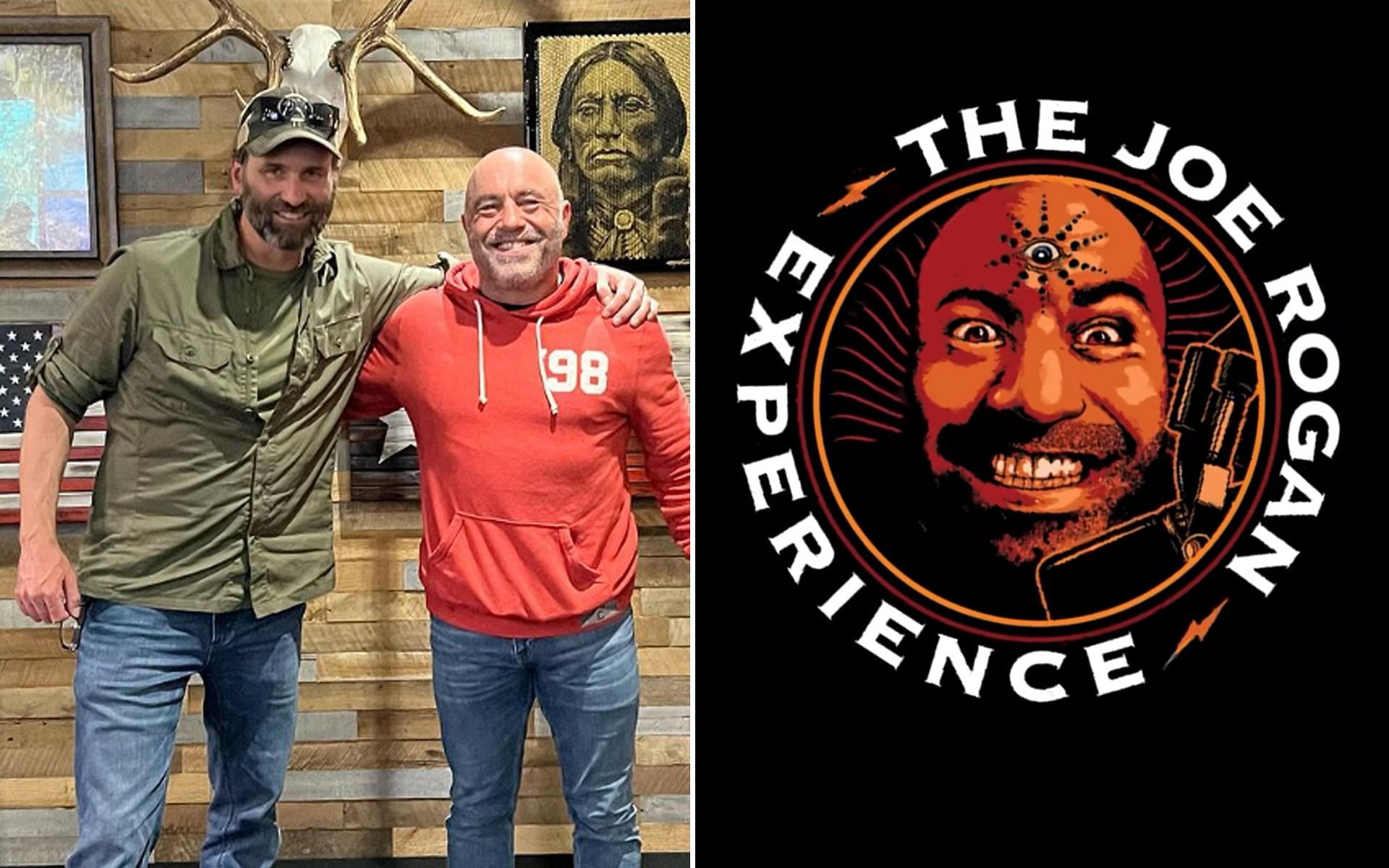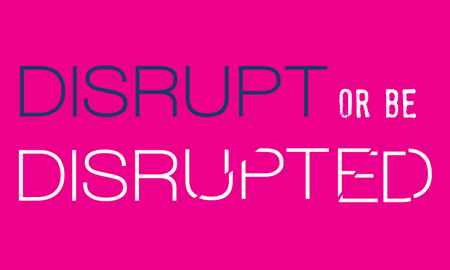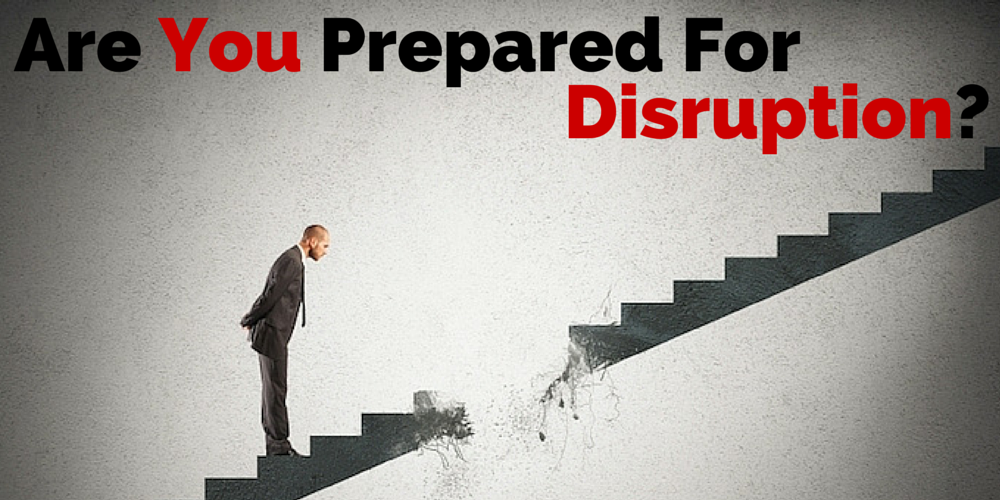From Laptop Chats to Mainstream Media
In the vast landscape of digital media, podcasts have emerged as a powerful and versatile medium, offering a platform for individuals and organizations to share their stories, ideas, and expertise with the world. From humble beginnings of a guy chatting into his laptop’s webcam to the polished productions we see today, podcasts have undergone a remarkable evolution, shaping the way we consume content and challenging the traditional norms of broadcasting.

- The Evolution of Podcast Production: From Basic to Branding
At the outset, podcasting was simple and accessible—just a person with a message and a microphone. But as the medium gained popularity, content creators began investing in better equipment, including high-quality microphones and professional recording setups. Personal branding became integral, with hosts like ME, PewDiePie, and Davie504 cultivating distinctive looks and backdrops that became synonymous with their podcasts. The visual aesthetics complemented the audio content, enhancing the overall brand experience. - Podcasts as the New Talk Shows: From Niche to Mainstream
Podcasts have transcended niche audiences to become a mainstream phenomenon, rivaling traditional talk shows and news programs. Prominent figures like Barack Obama and Prince Harry have launched their own podcasts, blurring the lines between entertainment and news. The conversational format of podcasts allows for more intimate and authentic discussions, attracting audiences seeking genuine connections and diverse perspectives. - The Rise of Live Podcasting: From Recorded to Interactive
Live podcasting adds a new dimension to the medium, enabling real-time audience interaction and feedback. Personalities like Tucker Carlson have embraced live roadshows, transforming podcasts into interactive events akin to comedy shows. While video podcasts have yet to fully explore this potential, the trend suggests a shift towards more dynamic and engaging content formats. - Imagining Video Podcasts: From Audio to Visual Storytelling
Popular audio podcasts like Revisionist History and This American Life have captivated audiences with their immersive storytelling. The transition to video podcasts raises intriguing possibilities for visual storytelling and audience engagement. While the essence of these podcasts may remain intact, the addition of visuals could enhance the narrative experience and attract new audiences. - Mainstream Media Meets Podcasting: From Competition to Convergence
Mainstream media outlets are adapting to the podcasting revolution, repackaging their content for audio consumption and competing for listeners’ attention. The authenticity of podcasts, exemplified by Joe Rogan’s unedited conversations, offers a refreshing alternative to the overproduced nature of traditional TV. As the lines between online content and podcasts blur, the future of broadcasting is increasingly decentralized and democratized.

Categorizing Podcast Styles: From Origins to Innovations
- The Original: Solo host speaking into a laptop webcam.
- The Duo: Two hosts conversing over laptops, exemplifying early podcasting.
- The Visual Showcase: ME-style podcasts with enhanced production quality and aesthetics.
- The Talk Show: Inspired by Joe Rogan, featuring dynamic conversations in a studio setting.
- The Future: Evolving formats pushing the boundaries of storytelling and audience engagement.
Unlock the Power of Podcasting with DCL Creative
DCL Creative specializes in video production and offers a network of podcast studios for creators looking to elevate their content. From remote locations to live events, we provide comprehensive solutions for podcasting and streaming needs. Join us in shaping the future of digital media and explore the possibilities of podcasting with DCL Creative.
Thank you for joining us on this journey through the evolution of podcasting. As the landscape continues to evolve, we invite you to be part of the conversation and explore the limitless potential of this dynamic medium.





